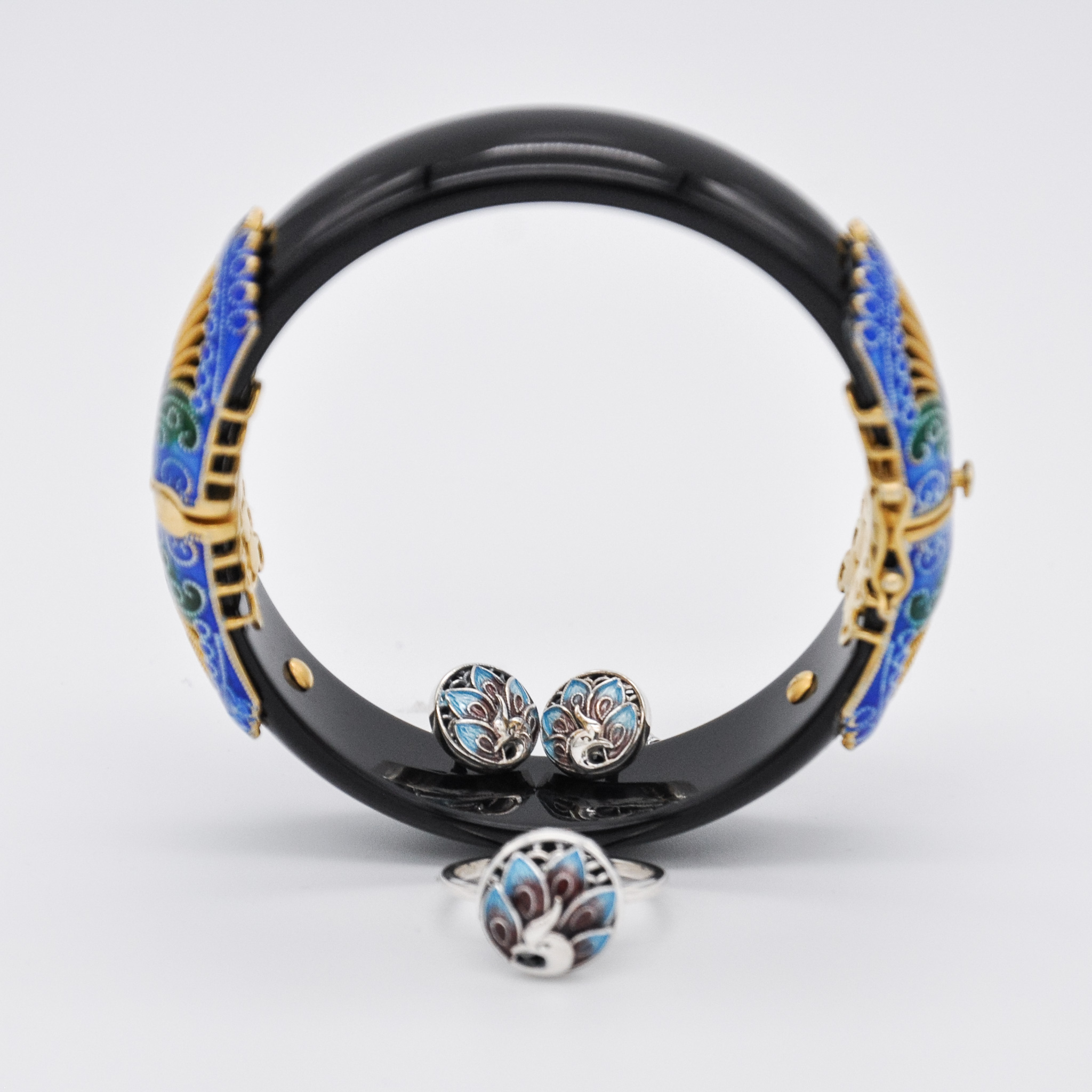Beijing/Silver Enamel: The Breathtaking Burning Blue Technique of Chinese Jewelry
Chinese Cloisonné is well-known worldwide. When people talk about Chinese cloisonne technique, most of them will link it to beautiful decorations or tableware, such as vases, bowls, tea cups. Not many know that there is a particular cloisonné technique specially applied to Chinese jewelry called Beijing enamel or silver enamel.
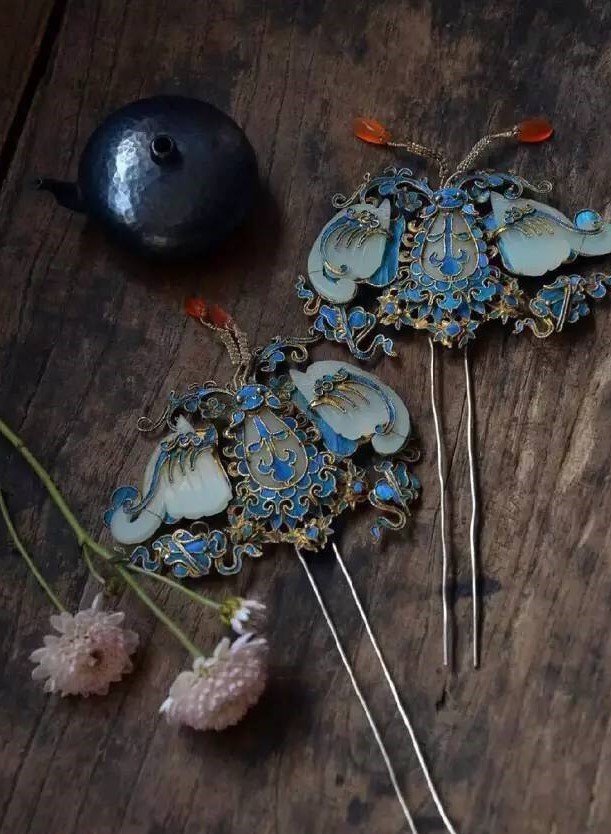
Traditional Chinese Jewelry : Beijing Enamel Hairpin
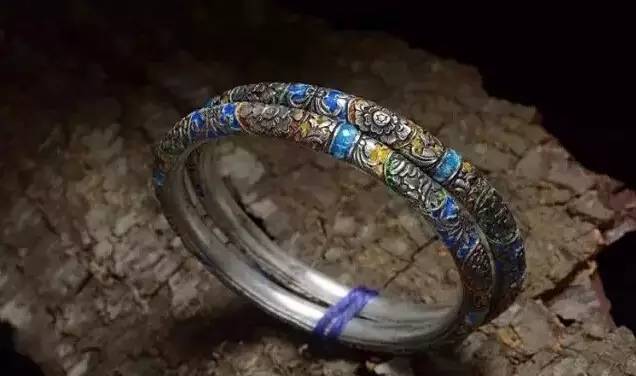
Traditional Chinese Jewelry : Beijing Enamel Bracelet
It is said the Beijing enamel (silver enamel) technique was first developed to replace a Chinese jewelry technique called Tian-tsui (点翠), which is a style of Chinese art featuring kingfisher feathers in making jewelry. It is a technique that is luxury, stunning, but very crucial, as the kingfisher feathers are painstakingly cut and glued onto gilt silver to achieve cloisonné effect. The rival blue color was difficult to have from normal enamel skills, but the number of kingfishers was very limited. That was how Beijing enamel was developed to imitate the Tian-tsui effect and to fulfill people’s desire to beautiful blue jewelry.
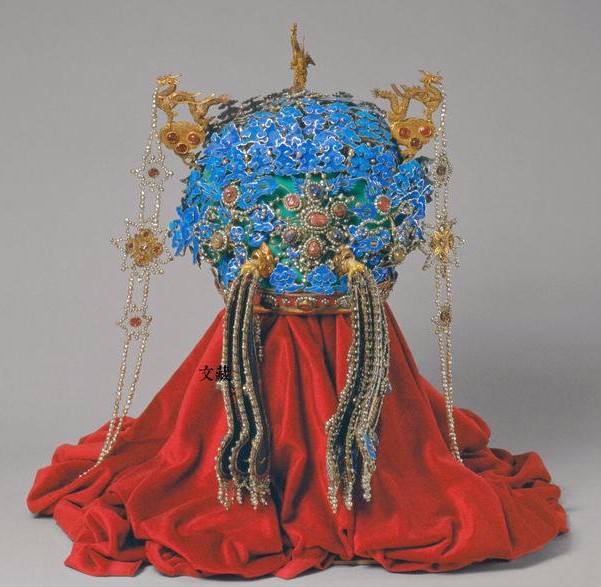
Tian-tsui Crown of Ming Dynasty
Beijing enamel is also called Silver Enamel because only silver can be used as the material for making vessel, which is usually constructed by hammering and stretching soldered pieces of silver into the required shape. The blue enamel paste (made from bronze) will be filled into cloisonné compartments which are made from silver wire attached on the vessel. The enamel is applied and refilling each time after cloisonné shrinking with the vessel on fire. This procedure needs to be repeated for 4 or 5 times to make sure that the surface of the vessel is smooth.

Making Beijing Enamel Vase
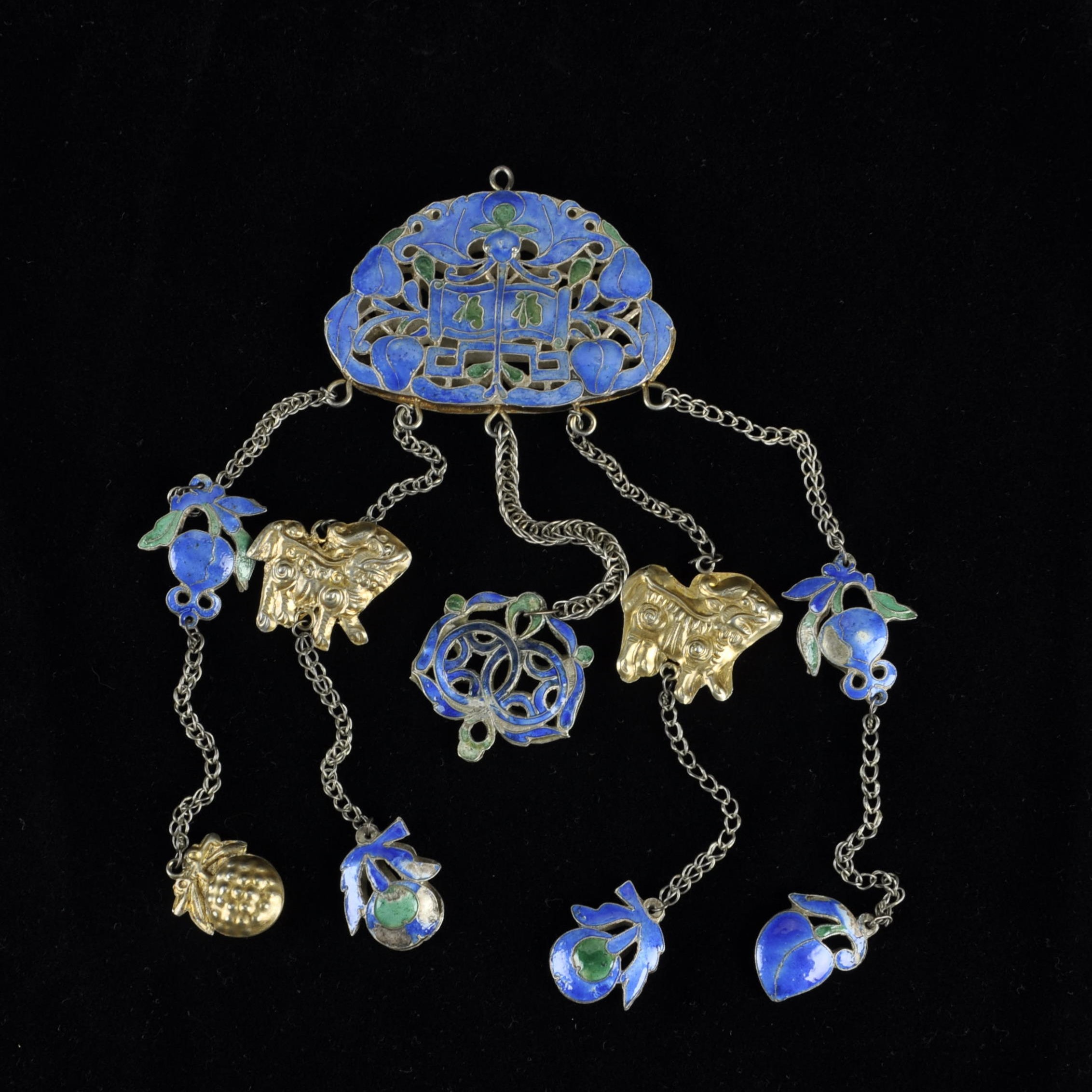
Traditional Chinese Jewelry: Beijing Enamel Headdress
The blue color of Beijing enamel is very vivid and looks like water painting on semi-transparent glasses. The surface of enamel reflects the light in the air and bring life to the jewelry. That is why I prefer to call it “burning blue” instead of Beijing enamel.
You see? The fire which brings life to this fantastic peaceful blue is still there blazing.
Find your burning blue jewelry collection by clicking the photo below.
- Company Info
- Feedback
- Customer Reviews
- About Us
- Blogs
- User Center
- Forget Password
- My Orders
- Tracking Order
- My Account
- Register
- Support & Policies
- Shipping & Delivery
- Cancel & Returns
- Customs & Taxes
- Privacy Policy

